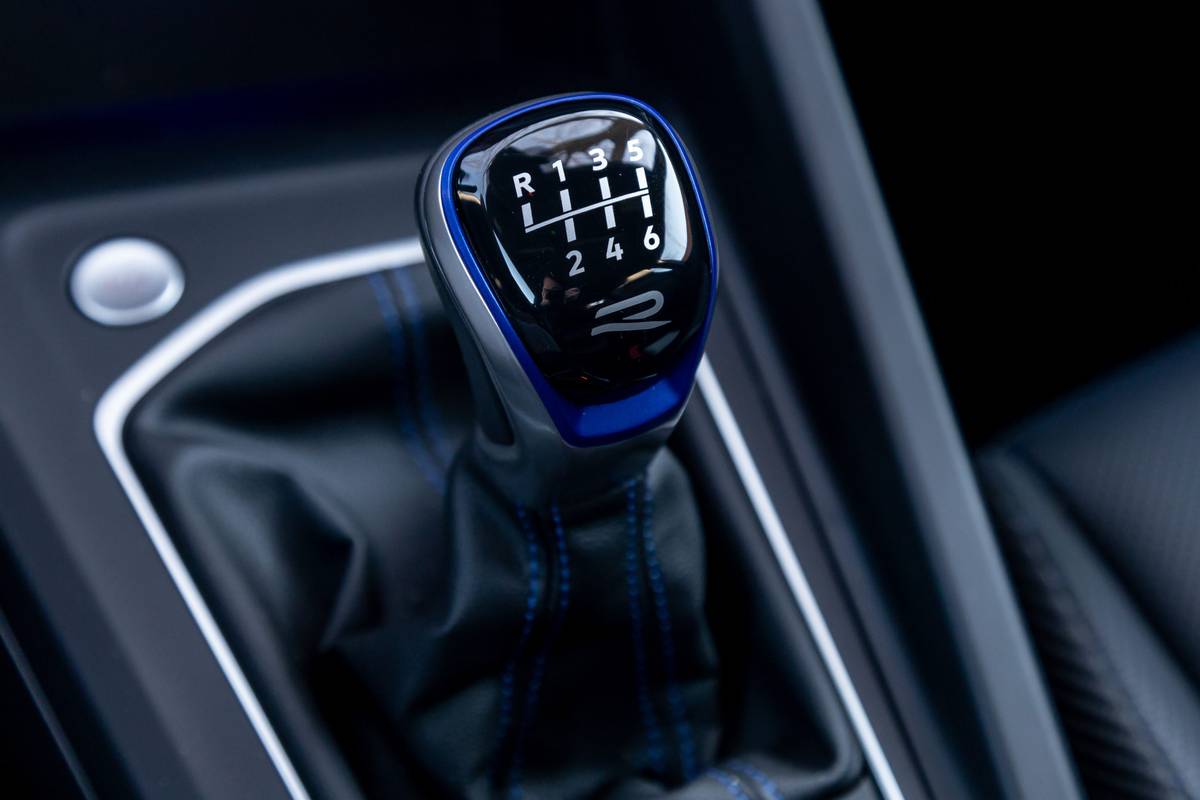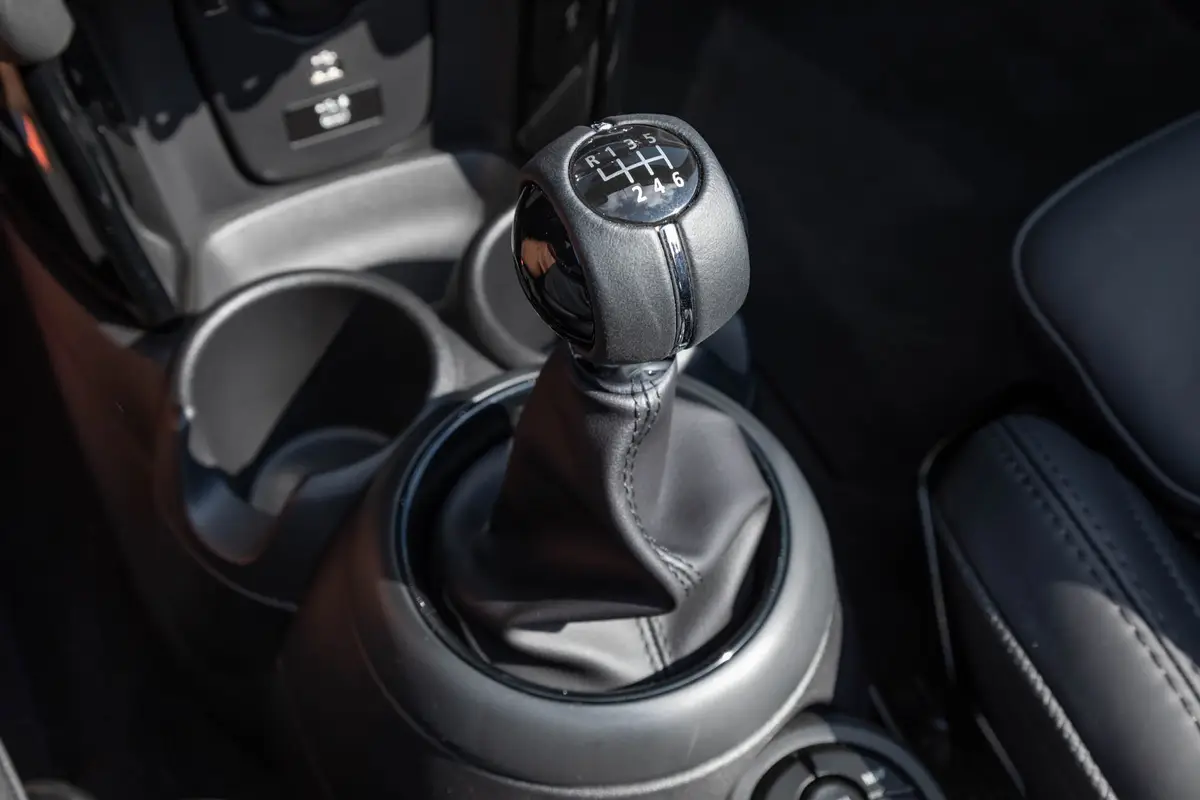We Answer Your Manual Transmission Questions


If you’ve never driven a car with a manual transmission, the prospect of learning how might seem overwhelming. It’s not as hard as you might think, however, and we have an in-depth video tutorial to help get you up-to-speed on changing gears and make the learning process go a little smoother.
Related: Which New Cars Have Manual Transmissions?
The video is a great resource for anyone who wants to learn how to drive a manual, but in recognition of National Stick Shift Day on July 16, we thought it would be helpful to also answer questions from drivers who are new to stick shifts. Read on for the answers, and if you have additional questions, send us an email.
Is it OK to start off in 2nd gear instead of 1st?
There’s nothing stopping you from starting in 2nd gear, but most of the time there’s little reason to do so. Plus, it can be harder on your car’s clutch. There are certain situations, however, where starting in 2nd may make sense.
One of those times is when you’re driving on low-traction surfaces, like snow and ice. It’s easier to spin your drive wheels when starting off in 1st gear on a slippery surface than it is in 2nd.
If you try starting off in 2nd gear, you’ll notice the car behaves differently than it does when starting in 1st. When you let off the clutch pedal, engine rpm will fall more rapidly, increasing the possibility of a stall. This might make it harder to get going — especially if you’re new to driving a manual.
Like many things manual-transmission-related, an empty parking lot is your friend. When winter rolls around, find a snow-covered one and try a couple 2nd-gear starts to see how your car responds.

Should you put the shifter in 1st gear or Reverse when parked on an incline?
Consult your owner’s manual. Some owner’s manuals recommend leaving the transmission in 1st gear when facing uphill and putting it in Reverse when facing downhill. Others just recommend putting the shifter in 1st or Reverse when parked — on a hill or otherwise.
However, just like in an automatic-transmission-equipped car, your first line of defense for preventing vehicle rollaway when parked on an incline is your car’s parking brake. The parking brake should be engaged before putting the shifter in 1st or Reverse (or Park in a car with an automatic). That way, your car’s brake system is holding the weight of your car instead of your transmission.
Should you change gears in sequential order, or can you skip gears when shifting?
There’s nothing stopping you from skipping gears when downshifting or upshifting, but you may end up with a driving experience that’s not as smooth as if you’d just shifted up or down in order. This can be especially evident when downshifting to too low a gear for the speed you’re traveling, which can make engine rpm suddenly increase when the clutch pedal is released.
However, some cars, like the Dodge Challenger and Chevrolet Camaro, will sometimes force you to skip gears when upshifting. Why, you ask? To save fuel. If certain conditions are met when accelerating leisurely from a stop, 2nd gear can be locked out, forcing you to instead move the shifter over to 4th gear. If you accelerate more aggressively, 2nd gear remains available. If that sounds annoying to you, it is, and it explains why aftermarket products are available to defeat the forced 1st-to-4th shift.

Do I need to depress the clutch pedal when braking?
Eventually, but not as soon as you might think. It also depends on what gear you’re in; with a low gear like 1st or 2nd, you probably won’t have to press the clutch pedal until you’re nearly at a stop. If you’re in a higher gear, however, you may need to press the clutch pedal sooner to avoid lugging the engine, which is forcing it to run at too low of an rpm.
More From Cars.com:
- Will Buying a Car With a Manual Transmission Save You Money?
- How to Successfully Teach Your Teen To Drive a Stick Shift
- Save the Stick Shifts … to Sell Them Later? Future Manual ‘Classic’ Cars
- Why Manual Transmissions Are Dying … and What’ll End Them for Good
- Find Your Next Car
Is it harder to learn how to shift if you’re not right-handed?
Don’t let being left-handed stop you from learning how to drive a manual. Of the different skills involved when driving a manual car, moving the shifter from gear to gear is one of the easier ones. Since it doesn’t require the kind of fine motor skills used when, say, writing your name, it’s easier to do with your nondominant hand.
Will my left calf become bigger than my right one from pressing the clutch pedal?
Unlikely; you’ll still need to hit the gym to tone your calves. This is especially true in modern manual cars, which typically have clutch pedals that require very little effort to depress.
That said, even the lightest clutch pedal can become tedious to use in stop-and-go traffic. While this can make a manual car less fun in cities and other traffic-choked places, it doesn’t mean you need to worry about having unequal calves from constant clutching.
Related Video:
Cars.com’s Editorial department is your source for automotive news and reviews. In line with Cars.com’s long-standing ethics policy, editors and reviewers don’t accept gifts or free trips from automakers. The Editorial department is independent of Cars.com’s advertising, sales and sponsored content departments.

Mike Hanley has more than 20 years of experience reporting on the auto industry. His primary focus is new vehicles, and he's currently a Senior Road Test Editor overseeing expert car reviews and comparison tests. He previously managed Editorial content in the Cars.com Research section.
Featured stories




